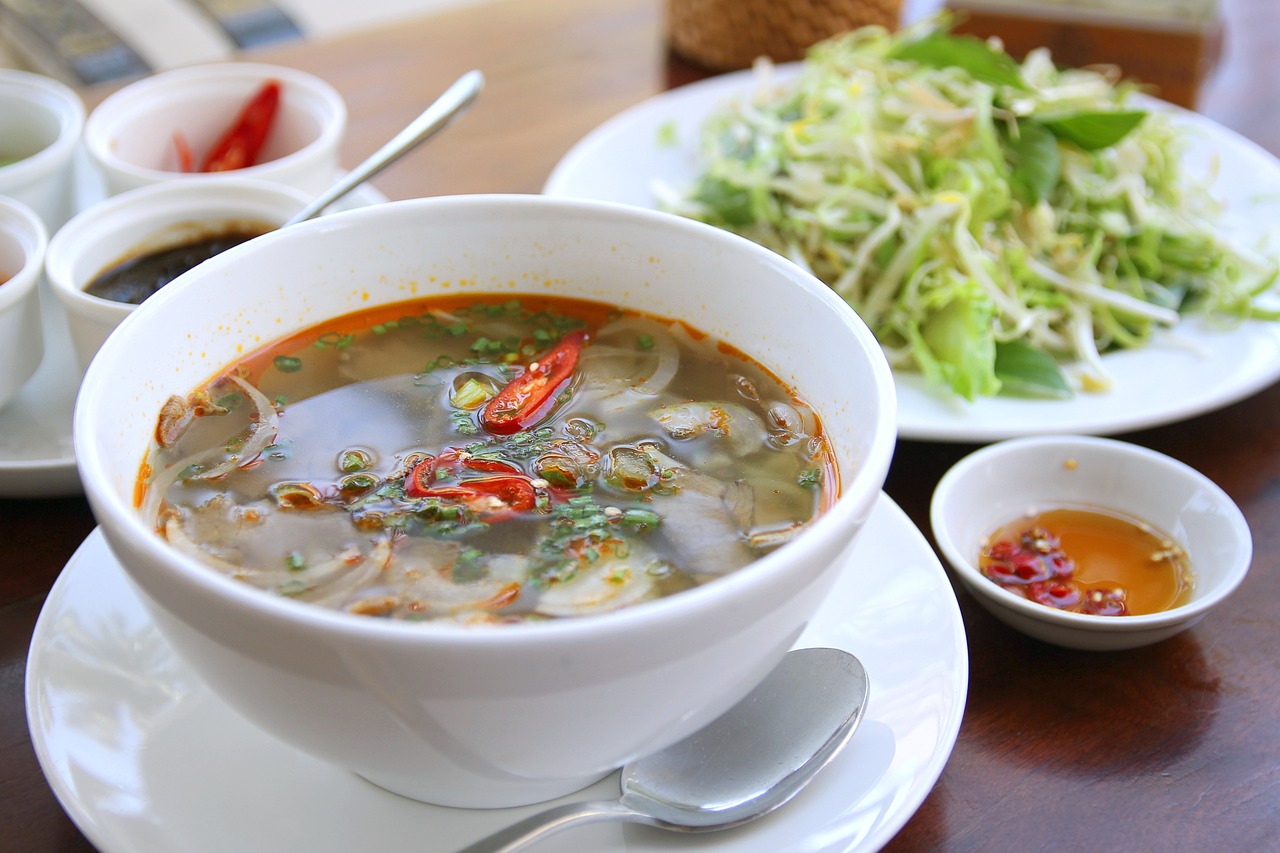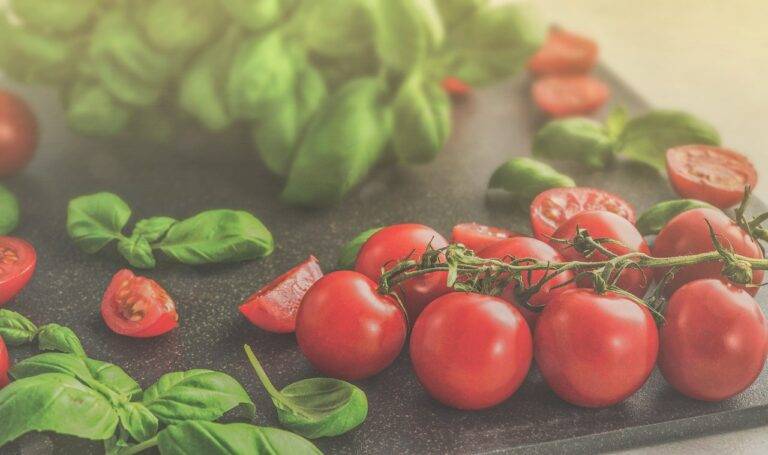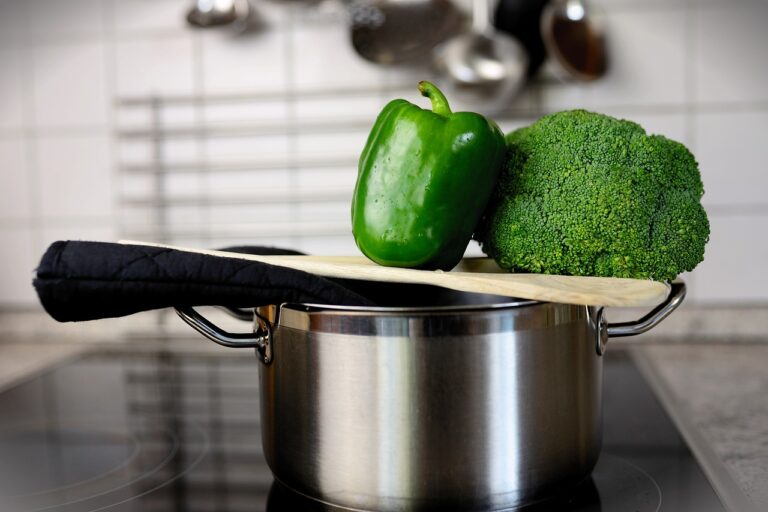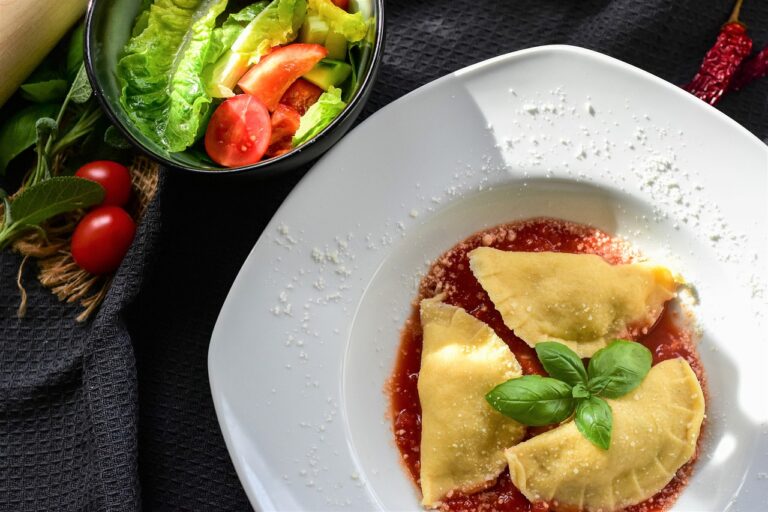The Art of Food and Wine Pairing: Tips for Creating Perfect Harmony on the Palate
When it comes to pairing food and drinks, understanding the basic principles can elevate your dining experience. One key principle is to match the intensity of flavors – for example, pairing a bold red wine with a rich, savory steak to complement each other’s robust flavors. Another principle is to consider acidity levels, such as pairing a crisp salad with a tangy vinaigrette dressing alongside a refreshing white wine.
Additionally, contrasting flavors can create a harmonious balance on your palate. For instance, pairing spicy Thai curry with a slightly sweet and fruity Riesling wine can enhance the overall dining experience by creating a delightful contrast of flavors. By keeping these pairing principles in mind, you can create memorable dining experiences that showcase the best of both the food and drink you are enjoying.
Understanding Flavor Profiles
Flavor profiles are a key element in the culinary world, defining the taste and experience of a dish. Each ingredient contributes its unique characteristics, creating a symphony of flavors that either harmonize or clash. Understanding flavor profiles involves identifying the dominant notes, such as sweetness, acidity, bitterness, saltiness, and umami.
One must also consider the intensity of each flavor, as well as how they develop and interact during cooking. By mastering the art of balancing and layering flavors, chefs can elevate a dish to new heights and create unforgettable dining experiences. In essence, understanding flavor profiles is a fundamental skill that allows chefs to unleash their creativity and craft dishes that captivate the senses.







